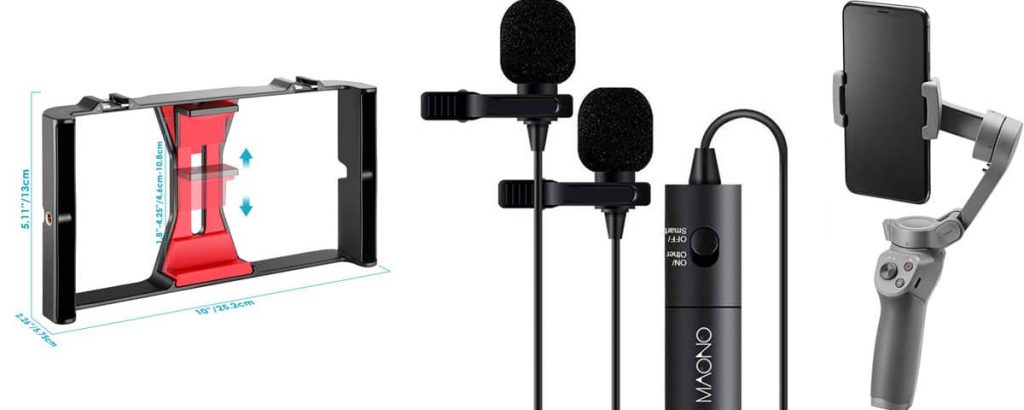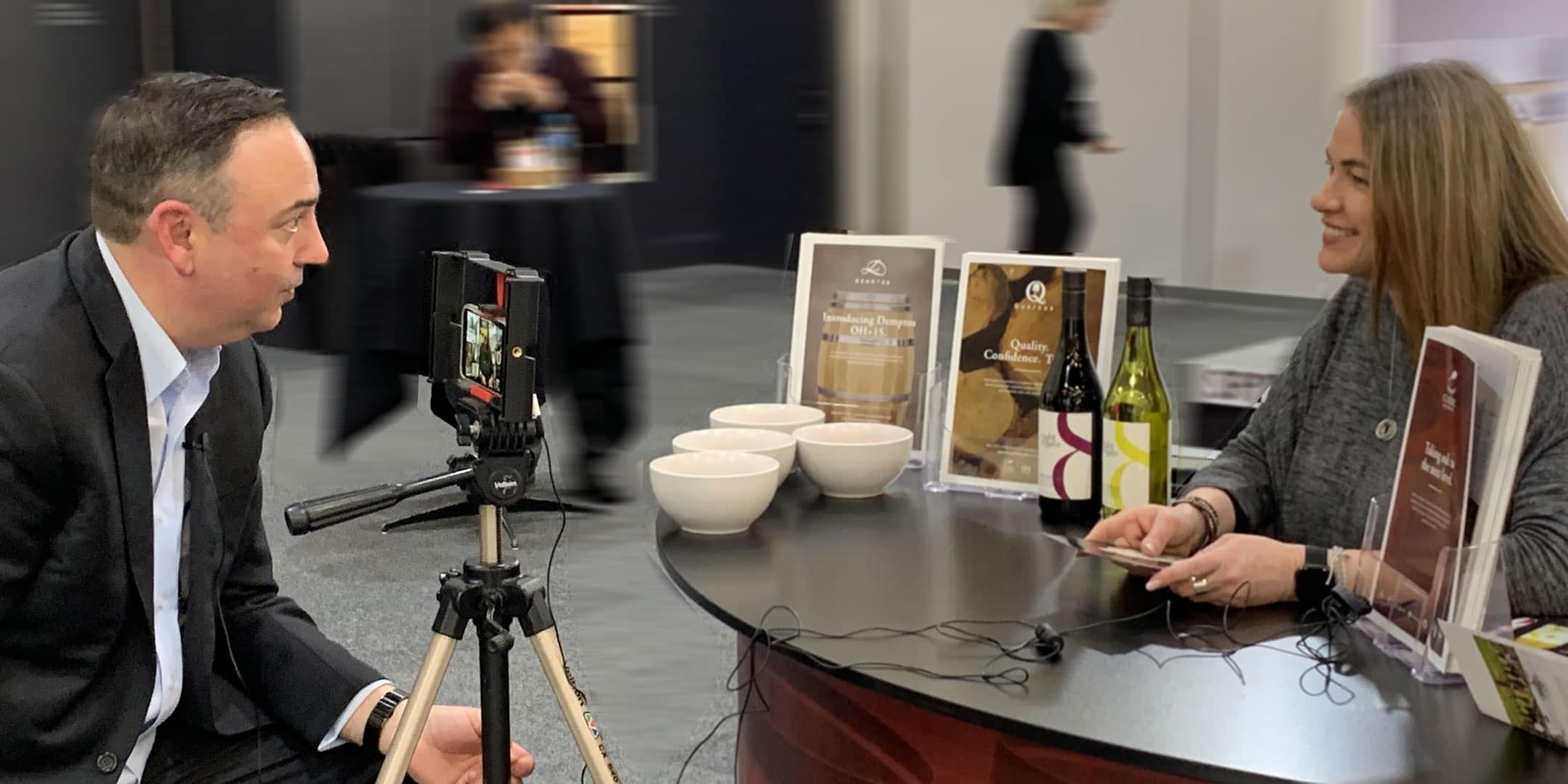For many years, I've been running workshops helping small business people use their smartphone cameras to take better photos and video and this post covers some of the main points I cover.
In essence, there are a few key things to consider when capturing photos and video in house:
- Technical aspects of photography
- Composition points
- Extra kit
Here are my thoughts on these three areas to guide you and, of course, I am more than happy to Zoom into your workplace to run one-on-one or group sessions to answer specific questions and/or help you chart a course to producing sharper content in house.
I should also point out to my professional photographer and videographer friends that I believe there is always a time and place for getting in professionals to produce material for you. However, by understanding some basics small business owners and employees are not only able to capture spontaneous imagery to a higher standard, they'll also have a deeper understanding about what goes into planning a shoot, and educated clients are always better clients in my experience.
Technical aspects for better smartphone photos and video
No matter how modern and whizz bang your camera is, everything comes down to physics.
For your camera to capture a good image it needs to absorb enough light from your subject onto its sensor or piece of film if we're talking "old school".
Outside and in well lit rooms, modern cameras have ample light to get a good image that is typically bright and sharp.
However, at night or in low light, the camera needs our help; yes, even cameras that boast they excel in these situations.
You will get the sharpest and most attractive images in moderate to low light by:
- Turning off flash - unless you are professionally trained, flash will only make your images harsh, and flat, and ruined by ugly shadows.
- Keeping the camera perfectly still - putting your smartphone on a tripod or resting it on a chair, shelf, table, or some other solid surface will mean that as it keeps its "shutter" open longer to absorb more light, there won't be unavoidable shakes that come from holding your device in your hand.
- Locking focus - by locking your smartphone's camera on your subject you will increase your chances of a sharper image.
The other enemy to any camera is having a background that is brighter than your subject. In these situations, your camera will adjust to stop the background from being too bright and by doing that it will darken your subject.
The best solution in situations like these is to lock your smartphone camera on the subject which then enables your device to focus on the correct area. In my workshops I demonstrate this process. It can really lift your images. In the meantime, a simpler solution is to just make sure you don't have backgrounds that are brighter than your subject by moving to shoot your subject from a different angle whenever possible.
Composition points for better smartphone photos and video
Another consideration for better smartphone photos and video is to think for a moment before shooting.
Most amateur photography and videography simply has the subject in the middle of the frame. While this is understandable, it is also tedious and boring for a viewer.
Further still, when people take photos or video they natural instinct is to pull back to get everything in shot. While there might be times when this is important, the downside is it makes the interesting part of a photo (a human's face, a detail element of a product) smaller and more distant.
So my first suggestion is to be "brave" and move your phone closer to the subject, even it if means some bits are cropped out of the final image. Watch your favourite, modern film more closely and you'll see that most of the time the hero's face is shot up close. This leads to greater engagement for viewers.
Another consideration is the rule of thirds. If you imagine your screen divided into thirds, vertically and horizontally, the four points where these imaginery lines cross make the best locations for the most important part of your photo or video.
Here is an example from Wikipedia. On the left, a typical shot taken in conventional style and on the right consideration has been given to the Rule Of Thirds making for a more interesting photo.

It's important to note that all these "rules" are to be broken whenever you wish but they give you a good starting point.
Extra kit for your photography and video work
Some extra items of kit can always lift our in house photography and videography to a higher standard.
Firstly, a standard tripod with some sort of bracket or attachment for holding your smartphone do not have to cost the world. Camera tripods cost $20-30 in most big box retailers and I have a Neewer Metal Smartphone Video Rig which cost approximately $35 on eBay, but there are many types available. I chose the rig because it can hold smartphones of any type in portrait or landscape orientation, connect to a tripod, and hold attachments of other lights or microphones.
Secondly, sound is crucial when shooting video, especially when interviewing people. Getting a good set of lapel microphones that connect to a plug you can insert into your phone is a smart move. I preferred wired not wireless because that just means less batteries or charging is required. I also prefer getting a set up with two lapel mics connected to one plug so that you and your interviewee can both be on mic. These will also cost less than $50, typically. If possible, look for ones that come with little pop socks; foam coverings to reduce "pops" from Ps and Bs and other hard consonants when people are speaking. Alternatively, I have also used a Rode shotgun microphone, approx $90, for getting sound from guests in quiet spaces when I cannot get close enough to use a lapel mic. Note that these don't work on all smartphones so be sure to specifiy your phone when buying.
Thirdly, I have also bought a DJI Osmo gimbal, approx $160. This contraption holds your phone steady while you move about, creating a professional feel to your videos. It takes a little getting used to but if you're going to be producing video on the move, it will be a prudent purchase. Of course, at some point with these purchases, you need to determine when you're moving too far down the road into professional territory and being distracted from your core work vs upping your skills and equipment base to produce more helpful content on-the-fly.
Here's an image of my Neewer rig, lapel mics, and gimbal, for reference.

Taking better smartphone photos and video can be fun and really boost the quality of your marketing content online. The key thing is to experiment. The best that can happen is you start creating more engaging content in house. The worse that can happen is you will grow in appreciation of what's involved and be better equipped to talk to someone like me or a dedicated photographer or videographer in scoping out work you'd like done.
Audio sources
There are many sources of audio for your videos these days. But here are a few.
- Youtube's audio library at https://youtube.com/audiolibrary which gives you a big selection of music you can use, legally, for free
- Free SFX at https://freesfx.co.uk where you can sign up for a free account and access a library of sound effects, noting the stipulation that you credit them where possible
- Your own narration can be added to videos you don't wish to appear in
There are many other sources out there but these are a good start. Be careful to read the licence conditions for each source.
Playing with angles
In my workshops, I share this selection of images of a tree that had recently fallen during storms. They were all shot within five minutes; had I been able to stay longer, I would have gotten closer to the tree for some interesting perspectives, as well as getting low down on the ground.
However, this little selection gives rise to discussion about a number of factors. I have them here for reference.










